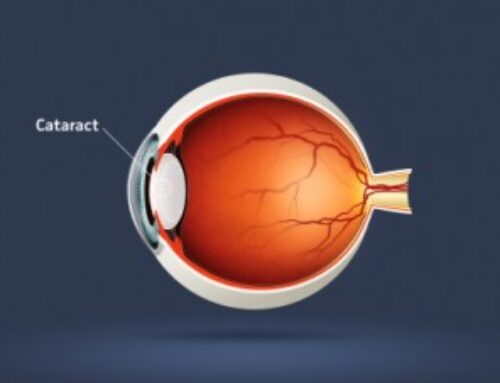The vertebrate retina is a light-sensitive tissue lining the inner surface of the eye. The optics of the eye create an image of the visual world on the retina, which performs much like the function of the film in a old school camera. Light striking the retina, and initiates a cascade of chemical and electrical events that ultimately trigger nerve impulses. These are sent to various visual centers of the brain through the fibers of the optic nerve.
 A large variety of conditions can affect the vitreous and retina that lie on the back part of the eye that are not readily visible. For instance, a person with diabetes is at risk for developing diabetic retinopathy among other ophthalmic disorders.
A large variety of conditions can affect the vitreous and retina that lie on the back part of the eye that are not readily visible. For instance, a person with diabetes is at risk for developing diabetic retinopathy among other ophthalmic disorders.
Diabetic retinopathy is the leading cause of blindness in young and middle-aged adults today. The longer a person has diabetes, the greater their chance of developing diabetic retinopathy.
Retinal Eye Diseases Include :
- diabetic retinopathy
- macular degeneration
- retinal detachments or tears
- macular holes
- retinopathy of prematurity
- retinoblastoma
- uveitis
- eye cancer
- flashes and floaters
- retinitis pigmentosa




